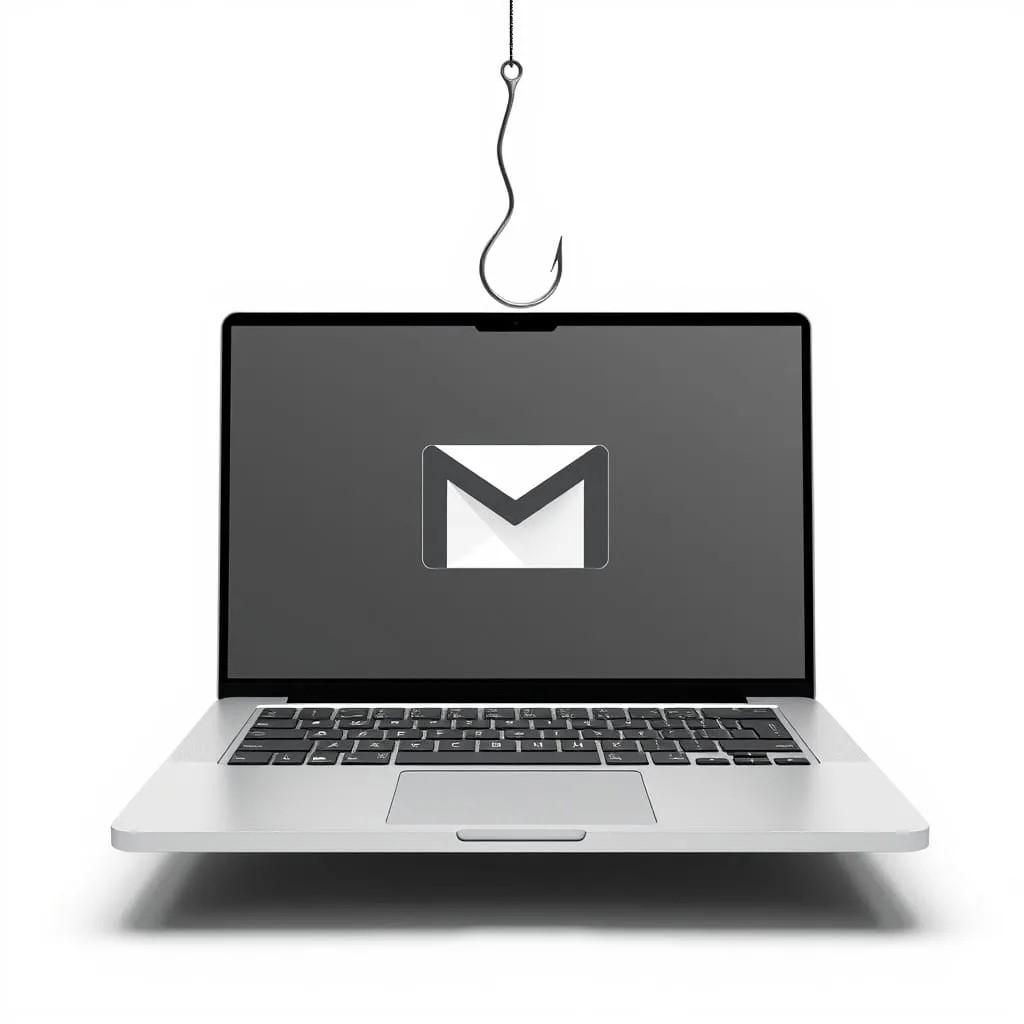Lesson made on February 10, 2025
Download Printable Lesson (PDF)
Download Printable Answer Key (PDF)
Reading Lesson:
Hackers are getting better at tricking people into giving away their personal information, especially through fake emails and websites. They now use AI to make their scams look real, which makes them harder to spot.
Hackers target Gmail accounts because they are linked to other Google services, which store a lot of personal information. If a hacker gets into a Gmail account, they can access emails, saved passwords, cloud storage, and even financial details. Since so many people use Gmail, it is a valuable target for cybercriminals looking to steal sensitive information.
Experts warn that phishing scams, where hackers try to steal your information, are easier than ever to create. Even people with little computer knowledge can use AI tools to make fake emails and websites that seem trustworthy. Because of this, more people are falling for these scams without realizing it.
To stay safe, it’s important to be careful with emails and messages from unknown senders. Instead of clicking on links, it’s safer to type the website’s address yourself. Using a password manager can help make sure you enter your login details only on real websites. Checking your accounts regularly and turning on two-factor authentication adds extra security. It’s also important not to share personal information through emails or messages, even if they seem to come from a trusted company.
If an email looks suspicious, the best thing to do is avoid clicking anything and go directly to your Google Account to check for any security issues. Even experts have been tricked by these scams, so staying alert is the best way to protect yourself.
Comprehension Questions:
Speaking and Writing Activities:
– Discuss these questions with a partner or a small group.
– Choose one topic and write a response to it. Show your writing to a classmate or teacher.
1. Have you ever received suspicious emails or messages? How did you realize they might be scams?
2. What are some ways you can protect your information online?
3. Who is the most vulnerable to online scams, and how can we help protect them?
More Reading Practice:
Phishing
Phishing is a type of online scam where criminals try to trick people into giving away personal information, such as passwords, credit card numbers, or other sensitive data. They do this by sending fake emails, messages, or creating fake websites that look very real. These scams often pretend to be from trusted companies or people, like banks or online services, to make you believe they are legitimate. The goal is to make you click on a link, enter your information, and unknowingly give it to the criminals. Phishing can be dangerous because it puts your personal details at risk and can lead to identity theft or financial loss. It’s important to stay alert and avoid sharing information through suspicious emails or websites.
Two-factor Authentication
Two-factor authentication is a security method used to protect online accounts. It adds an extra layer of protection by requiring two different ways to verify your identity. First, you enter your password, just like you normally would. Then, you are asked to provide something else to prove it’s really you. This could be a code sent to your phone or an app that generates a temporary number. Even if someone else knows your password, they would still need the second factor to access your account. This makes it much harder for hackers to steal your information or take control of your accounts.
Gmail
Gmail is a free email service created by Google. It was launched on April 1, 2004, and quickly became popular because it offered much more storage space than other email services at the time. Initially, Gmail provided 1 gigabyte of space, which was much more than the 10 or 20 megabytes available from other services. This allowed users to store many more emails and attachments. Gmail also introduced new features like a search function within emails, which made it easier to find old messages. Over time, Gmail grew in popularity and became one of the most widely used email services in the world. Today, it offers a range of tools and integrates with other Google services, such as Google Drive and Google Calendar, making it a key part of many people’s online lives.
Information about phishing scams from Google
ESL lesson about Facebook going to trial over monopoly concerns

